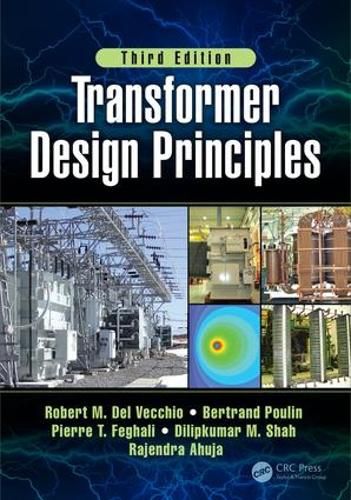Readings Newsletter
Become a Readings Member to make your shopping experience even easier.
Sign in or sign up for free!
You’re not far away from qualifying for FREE standard shipping within Australia
You’ve qualified for FREE standard shipping within Australia
The cart is loading…






In the newest edition, the reader will learn the basics of transformer design, starting from fundamental principles and ending with advanced model simulations. The electrical, mechanical, and thermal considerations that go into the design of a transformer are discussed with useful design formulas, which are used to ensure that the transformer will operate without overheating and survive various stressful events, such as a lightning strike or a short circuit event. This new edition includes a section on how to correct the linear impedance boundary method for non-linear materials and a simpler method to calculate temperatures and flows in windings with directed flow cooling, using graph theory. It also includes a chapter on optimization with practical suggestions on achieving the lowest cost design with constraints.
$9.00 standard shipping within Australia
FREE standard shipping within Australia for orders over $100.00
Express & International shipping calculated at checkout
In the newest edition, the reader will learn the basics of transformer design, starting from fundamental principles and ending with advanced model simulations. The electrical, mechanical, and thermal considerations that go into the design of a transformer are discussed with useful design formulas, which are used to ensure that the transformer will operate without overheating and survive various stressful events, such as a lightning strike or a short circuit event. This new edition includes a section on how to correct the linear impedance boundary method for non-linear materials and a simpler method to calculate temperatures and flows in windings with directed flow cooling, using graph theory. It also includes a chapter on optimization with practical suggestions on achieving the lowest cost design with constraints.